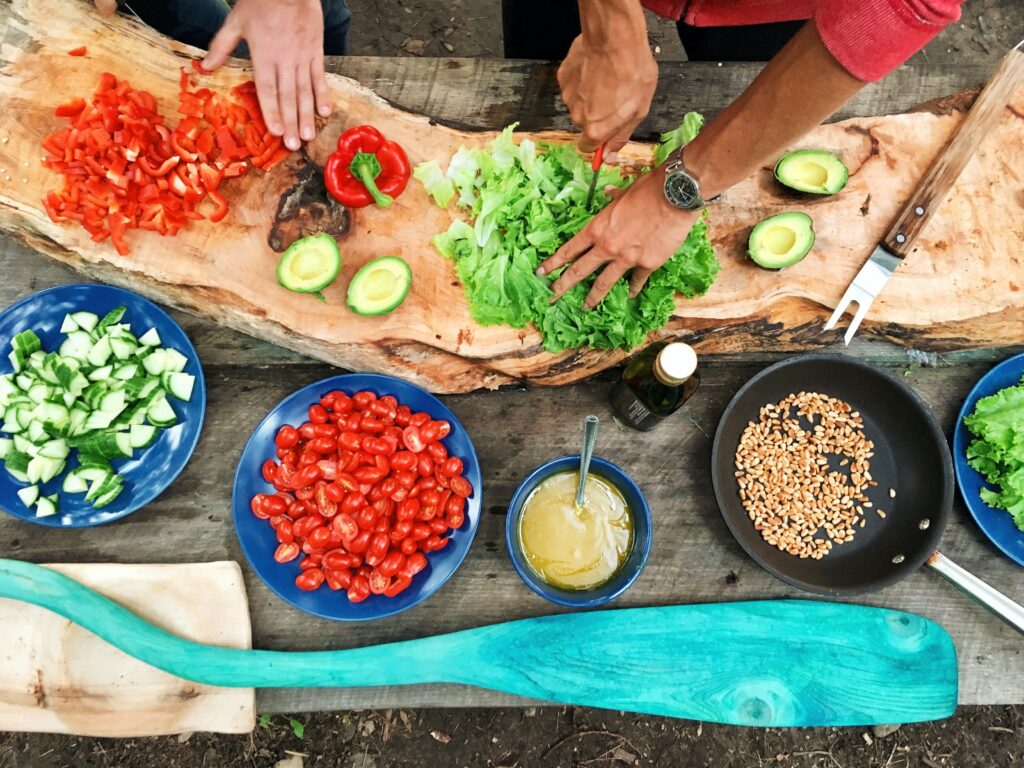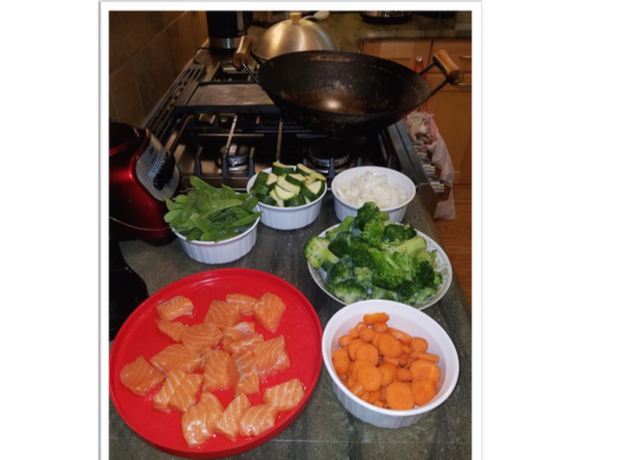
This is a difficult moment in the world. Maybe you know someone that has been impacted by or struggled with COVID-19. We have all seen businesses coming to a halt and our daily lives upended. My heart goes out to everyone who has been impacted. For some, cooking is a way to show love. So, I thought I’d share some of my quarantine-inspired culinary innovations.
If you’re working from home, you have begun cooking more. I know that I have! Let me share some stories about my cooking as well as companies that innovated to be nimble in the face of the current situation.
My readers know that I exercise, run, and practice yoga. What you may not know is that I am also a good cook. As I am home more and not traveling, I have returned to cooking seafood, tandoori, Spanish, French and other dishes. You can see some of my culinary innovations in this slide show. These are the best ones. Some, I must admit, did not warrant a photo. But we’re always learning.

Culinary Innovation and Agility
While I’ve been innovating in my home kitchen, companies have been innovative in finding ways to meet consumer needs. Let me give you some examples.
King Arthur, a 230-year-old flour company, ramped up production to meet the demands of a baking renaissance. Their flour sales more than tripled as the public seemed to reach a collective understanding that baking and self-reliance was just the thing to help while staying at home. Grocery stores saw increased demand, so King Arthur needed to change their packaging lines to produce more. What did they do? The company innovated and swiftly designed a new plastic pouch that could handle two, five or ten pounds of flour. Within weeks King Arthur was able to increase its packaging processes to add over 1 million bags of flour to inventory.
For another example of culinary innovation during COVID-19, let’s look to Milkrun. The company works with farmers to deliver their products direct to consumers. This local food delivery service in Portland, Oregon, would normally distribute to restaurants, school districts, coffee shops, etc. However, in a few short weeks, this business disappeared. Milkrun needed to combat two challenges to local food systems to change the business situation: inefficient distribution and low farmer pay. They made changes and developed innovative packaging for items such as sheep’s milk and fruits, so that now they can distribute directly to consumers. Now they’re expanding to Seattle as well as Austin, Denver, Detroit, New York.
Gotham Greens is a fresh food company that builds and operates sustainable greenhouses in cities across America. They grow year-round to supply local produce. Their greenhouses are advanced data-driven, climate-controlled facilities with the highest-yielding farms around. They use less energy, less land, and less water than other farming techniques. Plus, innovative advancements in machine learning and data analysis allow for monitoring of crop health and progress. Yet when restaurants shut down inside dining, the company’s business changed overnight. All the major restaurant clients called to suspend orders. On the other hand, the CEO’s phone “was buzzing off the hook from the largest supermarkets saying can you run extra trucks.” The company upped its planting and production to meet the need.
Adaptive Processes & Teamwork
These stories of food company agility remind us of the importance of flexibility in business. Innovating new approaches can help with business differentiation. But business also needs to have a solid foundation to be able to pivot quickly in times of crisis. Strong leadership and teamwork can make all the difference.
While cooking is fun, we all miss restaurants and their chefs, bartenders, owners, wait staff, and other employees. I’m sure, like me, you long for and hope to dine in again with them soon. In the meantime, send me your food pictures, recipes, and cooking adventures. I’d love to learn about your culinary inventions during quarantine and beyond.

